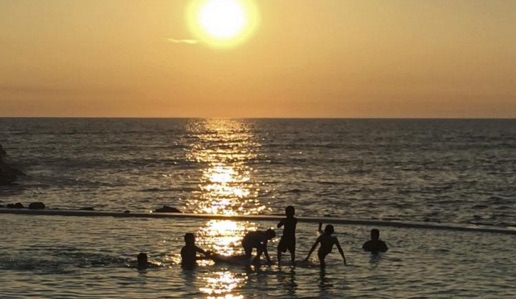LIMA, Peru — IN THE DEPTHS OF THE NORTHERN WINTER, spare a thought for Southern Americans suffering from too much sunshine.
No, really. It’s a serious problem. Parts of Peru, Bolivia, Chile and northern Argentina are experiencing such ferocious ultraviolet radiation right now that doctors are warning locals to stay inside during much of the day.
